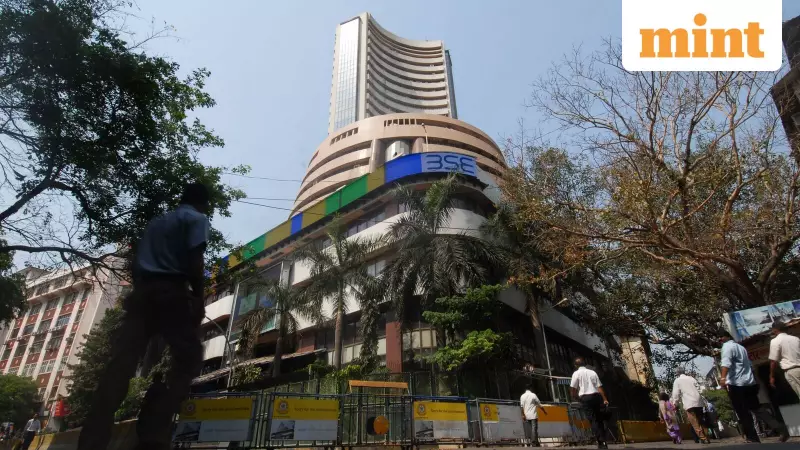
The Awareness-Participation Gap in Indian Securities Market
A comprehensive survey conducted by the Securities and Exchange Board of India (Sebi) has revealed a significant paradox in the Indian investment landscape. While awareness about securities market products has dramatically increased over the past decade, actual investment participation remains strikingly low among the Indian population.
The 2025 survey, which covered approximately 53,000 respondents across both rural and urban areas, found that 53% of Indians are now aware of at least one securities market product, such as mutual funds or equities. This marks a substantial improvement from a decade ago when only 28.4% of urban residents were aware of mutual funds, with the inclusion of rural areas likely pushing that number even lower.
Urban-Rural Divide in Investment Knowledge
The survey highlights a clear urban-rural divide in financial awareness. Urban areas registered a 74% awareness rate for securities products, significantly higher than the 56% awareness recorded in rural regions. Among specific products, mutual funds showed the highest recognition at approximately 53%, followed by equities at 49%.
More specialized investment instruments like futures and options or real estate investment trusts (REITs) demonstrated much lower awareness levels, standing at 13% or below. The contrast becomes even more apparent when comparing traditional versus modern investment products - while nearly 100% of respondents were familiar with bank deposits, securities products still struggle to achieve similar recognition.
The Penetration Problem: From Knowledge to Action
The most concerning finding from the Sebi survey is the stark gap between awareness and actual investment. Despite over half the population being familiar with securities products, only 9.5% of Indians have actually invested in any securities market instrument.
The penetration varies significantly across different segments. In the top nine metros, investment participation reaches 23%, while rural areas show only 6% penetration. Education levels also play a crucial role, with 27% of postgraduates investing in securities compared to just 19% of graduates.
Even more alarming is that among the 9.5% who do invest, only about three-fifths are active investors. The actual investment numbers for specific products remain low - only 6.7% of the population invests in mutual funds and 5.3% in equities, with more complex instruments attracting less than 1% of investors.
Risk Aversion: The Primary Barrier
The survey identifies low risk appetite as the most significant factor preventing Indians from entering securities markets. Approximately 80% of the population demonstrates low risk tolerance when it comes to investments, preferring capital preservation over potentially higher returns.
When asked about specific reasons for avoiding securities investments, 34% of respondents cited fear of losing money due to market risks as their primary concern. This risk aversion has remained relatively unchanged over the past decade, with many Indians continuing to associate the word 'risk' with 'danger' (33%), 'loss' (23%), or 'uncertainty' (20%).
The employment status also influences investment behavior, with salaried individuals showing higher uptake (23%) compared to self-employed respondents (17%), indicating that income security plays a crucial role in determining risk appetite.
The Loan Burden: How Debt Affects Investment Decisions
Another critical factor emerging from the survey is the increasing burden of financial liabilities on Indian households. Financial liabilities as a share of physical and financial savings have risen sharply from 12% in 2011-12 to 26% in 2023-24.
This growing debt burden creates a dual challenge for potential investors. First, a larger portion of income goes toward servicing loans and EMIs, leaving less disposable income for investments. Second, even with surplus funds after loan payments, the priority shifts toward capital protection and safe returns rather than venturing into riskier securities markets.
The survey indicates that despite about one-fifth of aware non-investors expressing intention to invest in securities products within the next year, the combination of risk aversion and financial liabilities continues to hinder actual market participation.
The findings present a clear challenge for financial regulators and market participants: while educational efforts have successfully increased awareness, converting this knowledge into actual investment requires addressing deeper issues of risk perception and financial security among Indian households.





